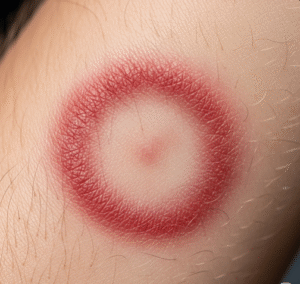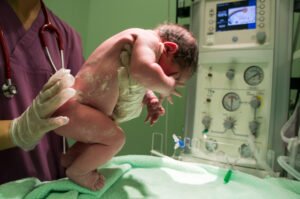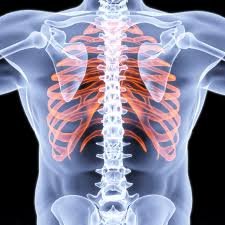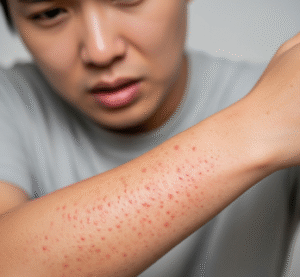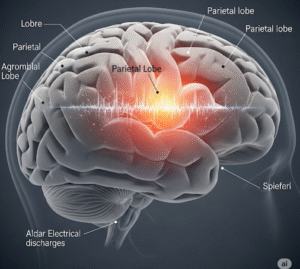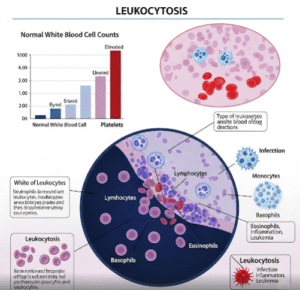What It Is
Forehead reduction surgery, also known as hairline lowering surgery, is a cosmetic procedure designed to reduce the height of the forehead by advancing the hairline. This treatment shortens a long forehead and creates a more balanced and proportionate facial appearance. It involves repositioning the hairline closer to the eyebrows, sometimes combined with hair transplantation for a natural finish. In Korea, this procedure is especially popular among patients seeking improved facial harmony, particularly in women who feel their forehead looks too large.
Why It’s Done
Patients choose forehead reduction for both aesthetic and psychological reasons, including:
- A naturally high or receding hairline
- Desire for a smaller, more feminine facial proportion
- Correction of forehead asymmetry or imbalance
- To enhance facial aesthetics after other procedures, such as rhinoplasty or jawline surgery
- Boosting self-confidence and achieving desired beauty standards
Alternatives
- Non-surgical options: Hairstyling, wigs, or scalp micropigmentation (cosmetic tattooing) to create the illusion of a lower hairline.
- Surgical alternatives: Hair transplantation without forehead advancement, or combining forehead reduction with brow lift or contouring surgery depending on patient needs.
Preparation
- Consultation with a Korean plastic surgeon including facial analysis and digital imaging
- Medical history review and physical exam
- Stopping smoking, alcohol, and blood-thinning medications before surgery
- Blood tests and necessary preoperative assessments
- Fasting required if general anesthesia is planned
How It’s Done
- Surgery is performed under general anesthesia or deep sedation
- A trichophytic incision (along the hairline) is made to minimize visible scarring
- The scalp is carefully advanced forward to lower the hairline
- Excess forehead skin is removed, and the hairline is sutured in place
- In some cases, hair grafting is combined for natural density at the incision site
- The procedure takes 2–3 hours and usually requires an overnight hospital stay
Recovery
- Swelling and bruising around the forehead and scalp for 1–2 weeks
- Stitches are typically removed within 7–10 days
- Patients can return to work after about 1–2 weeks, depending on recovery speed
- Final results appear within 2–3 months once swelling subsides and hair growth resumes
- Scar management treatments (laser, ointments) may be recommended for best outcomes
Possible Complications
- Scarring (usually well-hidden along the hairline)
- Temporary numbness in the scalp or forehead
- Uneven hairline or asymmetry
- Hair thinning around the incision site
- Rare cases of infection or delayed healing
Treatment Options in Korea
Diagnosis
Korean surgeons assess forehead height, hairline position, scalp elasticity, and facial proportion using physical exams, photography, and sometimes 3D simulations to plan the surgery.
Medical Treatments
For patients not ready for surgery, Korean clinics may recommend scalp micropigmentation or PRP (platelet-rich plasma) therapy to improve hair density, creating the illusion of a lowered hairline.
Surgical or Advanced Therapies
Korean hospitals specialize in forehead reduction surgery with advanced trichophytic incision techniques, ensuring natural hair regrowth at the scar line. Some patients receive combined hair grafting or follicular unit extraction (FUE) to further refine density and create seamless results.
Rehabilitation and Support
Post-surgery, patients receive scar care management, swelling reduction therapies, and follow-up visits. Clinics in Korea offer personalized recovery programs, international patient coordinators, and access to advanced aftercare treatments such as laser scar revision for optimal healing.
Advantages of receiving treatment in Korea: Highly skilled plastic surgeons, natural and scar-minimized techniques, combination of surgical and hair restoration approaches, cost-effectiveness, and strong international patient support programs.




